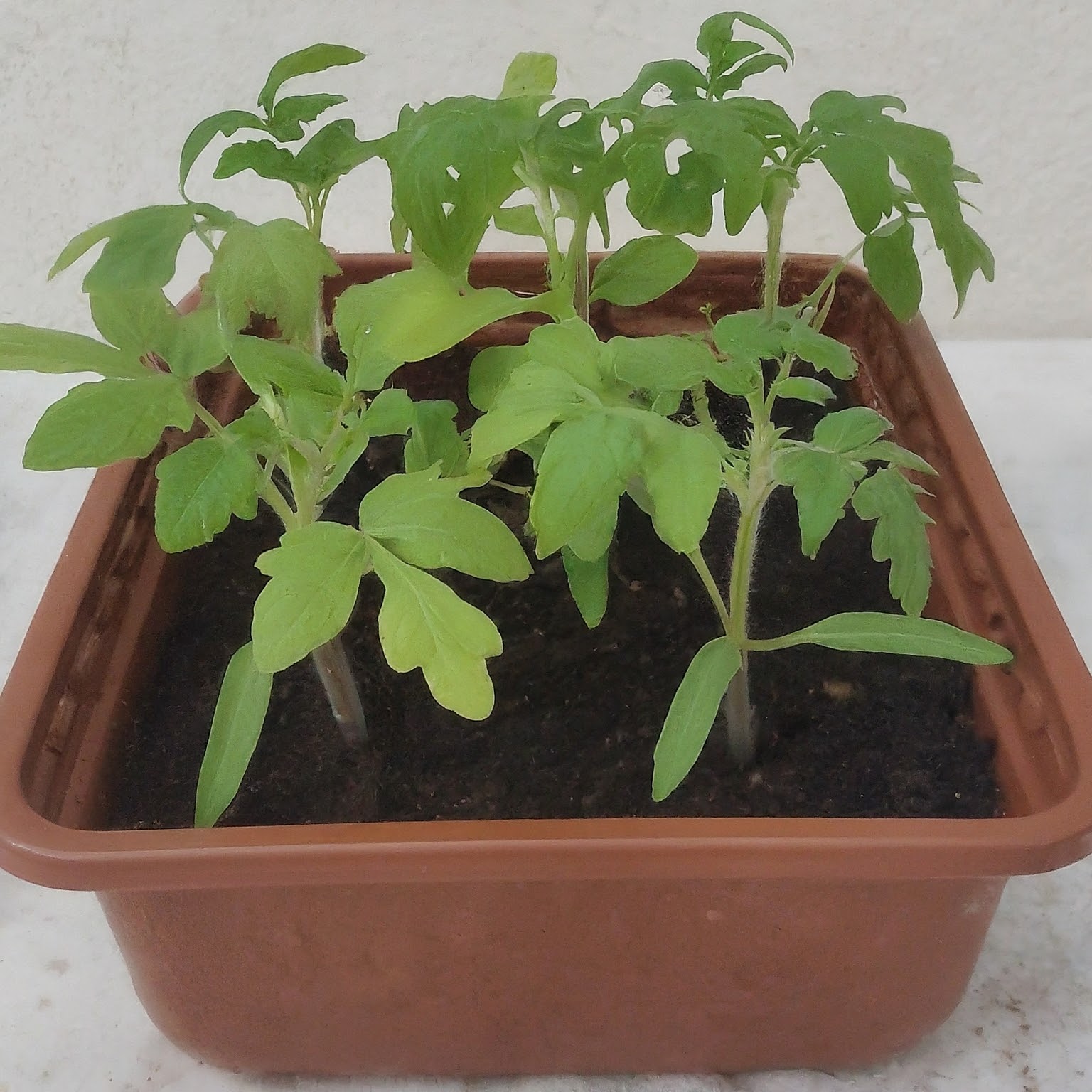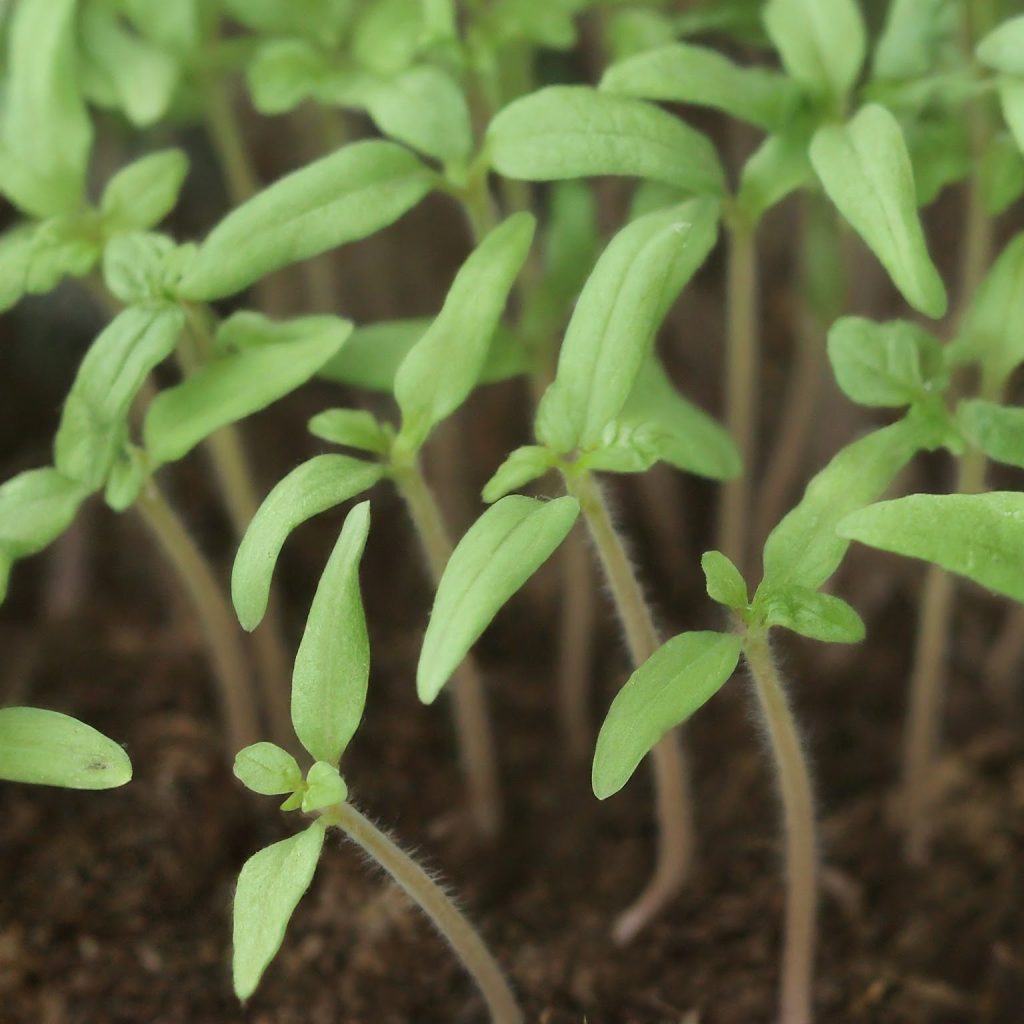All Posts
Planting Tomatoes from seeds
If you’ve never savored the aroma, vine-ripened perfection, and warm sunlight of freshly harvested tomatoes from your own garden, you haven’t truly tasted tomatoes. Once you do, you won’t settle for the bland imitators from supermarkets. Luckily, tomato plants are easy to grow and yield abundantly!
What You Need to Plant Tomato Seeds
Tomato seeds germinate and grow rapidly, best sown indoors about six weeks before the average last frost date. Tomatoes are warm-season plants that dislike frost, so it’s best to transplant them (as seedlings) into your garden after the weather warms up in spring.
Seeds
There are hundreds of tomato varieties available as seeds, making it a daunting task to choose for your home garden. Here are a few points to consider:
1. Decide on the type of tomatoes you want; for example, cherry tomatoes, slicing varieties, or tomatoes for sauces or pastes.
2. Consider the mature size of the plants. Determinate tomatoes grow to about 3 feet tall and are best for containers or small planter box. Indeterminate tomatoes can grow very large, up to 6 feet. All tomatoes benefit from support like tomato cages or tomato trellises.
3. Look for disease resistance. Tomatoes are prone to many diseases, which may or may not be issues in your area. For safety, I always plant at least one variety resistant to diseases like Fusarium or Verticillium wilt.
Soil
Although it’s called “potting soil,” the ideal medium for starting seeds contains no soil. Use a sterile, soilless mix labeled for seed starting. Avoid garden soil as it tends to drain poorly and may harbor pathogens.
Containers
Tomato seeds can be started in almost any container as long as it has drainage holes. How many seeds do you want to start? You might want to grow a few plants in large containers or use soil blockers to start an unlimited number of seeds – the choice is yours!
Light
Warm temperatures (70-75 degrees Fahrenheit) aid in seed germination; place seed starting containers on a heating mat and cover with a humidity dome to begin sowing. After seeds germinate, remove the heating mat and humidity dome. Seedlings grow best at cooler room temperatures, around 65 degrees Fahrenheit.
While you can grow tomatoes on a sunny windowsill, using LED grow lights of a certain type will yield better results. Winter and early spring sunlight are not as intense as summer sunlight and have shorter durations. Insufficient light can lead to weak, leggy plants. Bright garden lights with adjustable lighting are ideal for sowing.

How to Plant Tomato Seeds
1. Thoroughly moisten the seed starting mix, then fill containers to within 1/2 inch from the top. Firm the mix but do not compact it.
2. Place two to three seeds in each small container or cell of the seed starting tray. Cover the seeds with about 1/4 inch of soil, then gently firm it over the seeds.
3. Water to ensure good contact between seeds and mix. You can use a plant mister or simply drip water over the top. You don’t need to soak the soil, just moisten the top layer.
4. Place pots in a warm location or on top of a heating mat. At this point, seeds do not need light.
5. Keep the mix moist but not soggy. If your seed starting system has a greenhouse top, use it to help retain moisture. Alternatively, you can cover the top of the pot with some plastic kitchen wrap.
6. Check pots daily. Once you see new sprouts, remove the cover and place pots in a sunny window or under grow lights, keeping the light a few inches above the plants.
Caring for Tomato Seedlings
Continue to keep the soil moist but not saturated. The dry seed starting mix appears lighter in color than the wet mix – this is a good indicator that it needs water. Some gardeners use fans on their growing seedlings indoors; good air circulation reduces the chance of disease issues like damping off.
If you’re growing plants on a windowsill, rotate pots daily to keep plants growing upright instead of leaning towards the light. If growing under lights, raise the lights as plants grow, keeping them a few inches above the plants.
Thinning Seedlings
For the strongest, healthiest plants, each pot or cell needs only one seedling. Thinning (removing excess seedlings) can be a daunting task for many gardeners who have nurtured their seedlings. But it’s necessary. Choose the strongest, healthiest seedlings and snip off the others along the soil line with scissors. You can try transplanting the extra plants into different pots, but you may disturb the roots of the remaining plants. How many tomato plants can your garden accommodate?
Fertilizing
Once the second set of true leaves appears, it’s time to start fertilizing. The first two leaves are called “seed leaves”; subsequent leaves are “true leaves.” Apply water-soluble fertilizer at half the recommended strength once or twice a week.
Transplanting
If your tomatoes outgrow their pots before being moved outdoors, they may need to be transplanted into larger containers. Avoid letting plants become root-bound, with roots filling the container, as this can hinder growth.
Wait until after the average last spring frost date to transplant tomato seedlings outdoors. If late frosts threaten, be prepared to protect seedlings with season-extending garden fabrics, row covers, or plant covers. If all goes well, you’ll be harvesting ripe tomatoes in eight weeks or less!
Anyway, planting tomatoes from seeds is a rewarding and fulfilling experience that allows you to savor the true essence of this beloved fruit. From selecting the right seeds and providing optimal growing conditions to caring for seedlings and eventually transplanting them into your garden, each step in the process contributes to a bountiful harvest of flavorful tomatoes.

